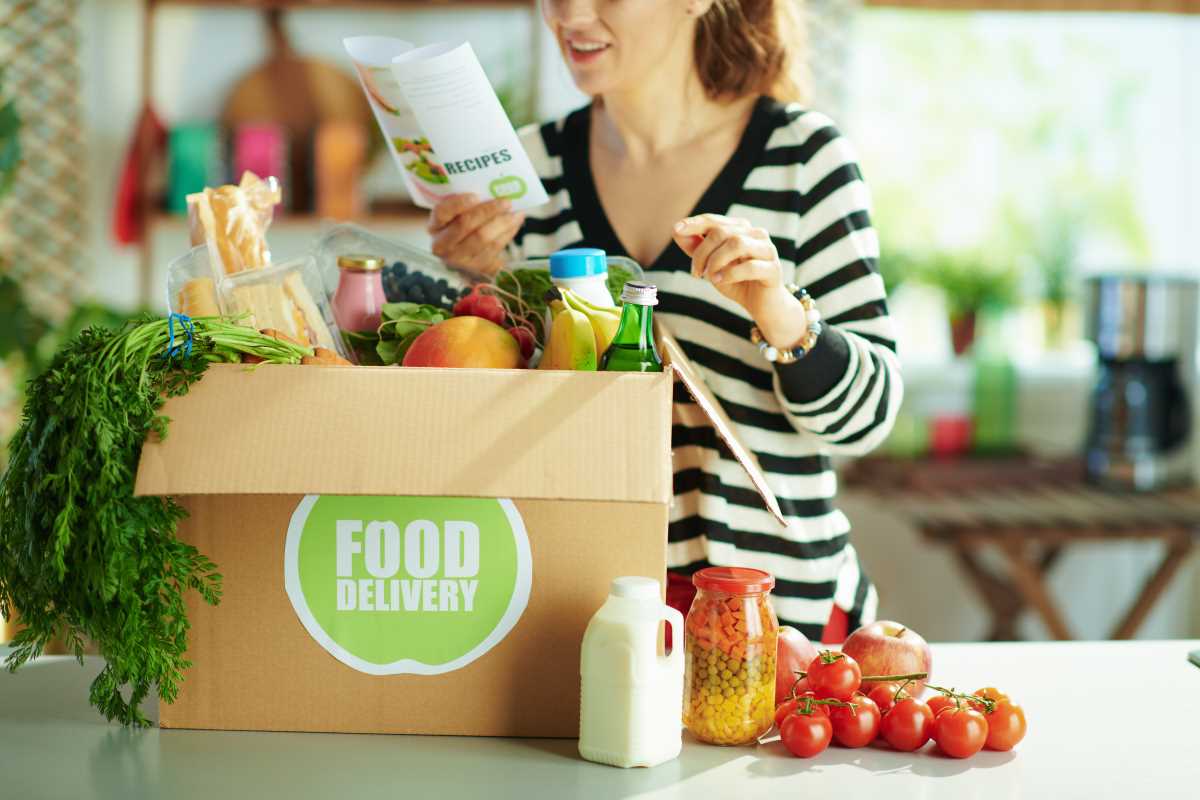Creating a neighborhood produce subscription box that consistently sells out each week begins with careful preparation and organization. First, secure a dedicated area where you can sort, pack, and store fresh fruits and vegetables safely. The process includes gathering all the necessary supplies, connecting with local growers to ensure a steady supply of quality produce, and deciding on pricing that works for your customers and your business. Promotion plays a key role, so spreading the word throughout your community helps attract new subscribers. Detailed instructions also cover how to choose crate styles and handle customer inquiries, making every step clear and manageable.
Every stage connects. You’ll learn how to track harvest yields, arrange reliable pickups, and design simple sign-up options. Real examples show how a quarter-acre plot can become a packing station. By the end, you’ll have a framework to launch a box service your neighbors can’t wait to join.
Understanding Your Local Produce Supply
- Inventory your land: Count rows of vegetables, berry patches, and orchard trees.
- Map peak harvests: Note dates for tomatoes, squash, and apples to balance boxes.
- Survey nearby farms: Identify fields growing greens, root crops, or berries.
- Estimate weekly volume: Calculate pounds per crop to match subscriber demand.
Listing exactly what you can gather helps you avoid gaps in box contents. For instance, you might have 100 pounds of squash in August but only 20 in June. Knowing that, you can partner with a neighbor who fills early-summer gaps with greens.
Plot harvest timing on a simple calendar to stay ahead. When a local farmer expects 200 pounds of carrots in July, you can lock in a pickup slot. This prevents a scramble for fresh produce and guarantees variety in each box.
Building Partnerships with Farmers and Growers
Start conversations at farmers’ markets or through social media community pages. Explain your pickup schedule and volume needs. Offer a fair rate per pound or per crate to keep relationships strong.
Draft a short agreement that covers timing, quality standards, and payment terms. If a farm uses organic methods, highlight that in your marketing. That detail can attract subscribers who search for certified-organic or pesticide-free options.
Consider crop shares or bartering. A small farm might trade you 50 pounds of berries each week in exchange for a share of your storage space. This approach cuts your cash outlay and deepens local ties.
Maintain clear communication. Send a weekly text or email with expected weights and arrival times. When you show up prepared, growers know you value their time and produce.
Designing Subscription Plans and Pricing Models
- Define box sizes: Offer small (3–4 items), medium (6–8 items), and large (10–12 items).
- Calculate costs: Add farm purchase price, packaging materials, labor, and fuel.
- Set profit margin: Aim for 20–25% above costs to cover unexpected expenses.
- Choose billing cycle: Weekly, biweekly, or monthly plans based on cash flow needs.
- Offer add-ons: Let subscribers pick extras like eggs, honey, or jam for a small fee.
Test pricing on a small group first. A pilot of 10 households reveals if your small box at $20 covers costs. You might discover your labor pushes real cost closer to $22. Adjust before a full launch.
Consider incentives: Give a 10% discount for three-month commitments. That secures revenue and reduces your churn rate. Keep your sign-up form short—name, address, box size, and payment method.
Logistics: Packaging, Storage, and Delivery Strategies
Choose sturdy crates or corrugated boxes with ventilation holes. Ventilation keeps berries from molding. Stack crates on pallets in a cool, shaded shed to maintain freshness.
Label each box with the subscriber’s name, delivery date, and a packing list. You minimize mix-ups when your helper loads boxes into the truck. Use chalkboard paint on lids if you prefer reusable boxes.
Plan delivery routes by grouping addresses along the same road. That cuts fuel costs and saves time. Load boxes in drop-off order—last stop goes in first, so nothing shifts during transit.
If you offer pickup at a farm stand or community center, set hours when someone will always be on site. A simple lockbox with coded access can work when you can’t stay late. Send the code each Friday morning.
Marketing Your Subscription Service
Create a simple landing page on platforms like FarmConnect or HarvestBox. Include photos of bright peppers, crisp lettuce, and smiling packers. Keep copy short: focus on freshness, local support, and ease.
Use flyers at hardware stores, feed shops, and post offices. A 5" x 7" card listing box sizes, start date, and contact number catches attention. Pin a few to community bulletin boards.
Host a sampling event—offer tiny cups of carrot sticks or apple slices at a weekend market. Let people taste your produce. Hand out sign-up forms with a special discount code for on-the-spot registrations.
Encourage word-of-mouth. Send each new subscriber a referral card worth $5 when they bring a friend. Most rural neighbors trust recommendations from people they know.
Managing Subscriber Communications and Feedback
Send a weekly email detailing box contents, recipes, and storage tips. Keep it under 150 words with bullet highlights: “Fresh picks this week” and “Try this simple salad.”
Use a survey tool to gather ratings on box variety and produce quality. A three-question form takes 30 seconds to complete. Review responses every Friday and make tweaks before the next packing session.
Handle complaints swiftly. If berries arrive damaged, replace that portion in the next box or offer credit. Quick fixes build trust and show you care about customer experience.
Create a private group on social media for subscribers. They can share photos, swap recipes, and ask questions. Engaged customers stay longer and invite others to join.
Regularly remind subscribers of their delivery schedule and upcoming seasonal changes. Clear communication cuts down on missed pickups and unhappy customers.
Organize your supply, build strong partnerships, set clear prices, and reach out to your target customers. These steps will help you turn land and local farms into a successful subscription box business that keeps customers coming back.
 (Image via
(Image via





